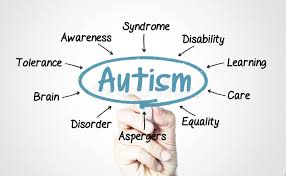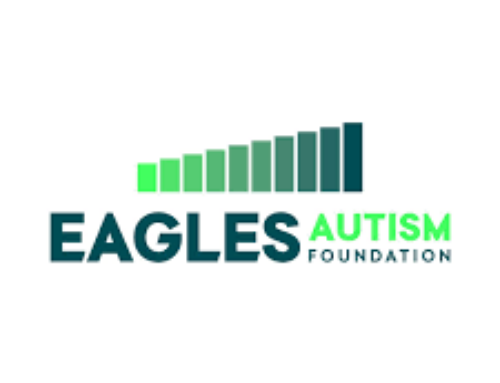Everything you wanted to know about autism spectrum disorder.
Autism spectrum disorder (ASD) is a developmental and neurological disorder that affects how different people interact with others, learn, behave, and communicate. Although you could be diagnosed with autism at any stage of your life, it’s described as a developmental disorder because, typically, symptoms appear within the first two years after birth.
The Diagnostic and Statistical Manual of Mental Disorders (DSM-5), a guide which was created by the American Psychiatric Association, people with ASD typically have:
- Difficulty with interaction and communication with other people.
- Repetitive behavior and restricted interests.
- Symptoms can impact their ability to function at work, school, and other areas of life.
 Autism is known as a ‘spectrum disorder’ because there are a lot of variations in the severity and type of symptoms people may experience. However, all people, regardless of race, ethnicity, gender, or economic background, can be diagnosed with ASD.
Autism is known as a ‘spectrum disorder’ because there are a lot of variations in the severity and type of symptoms people may experience. However, all people, regardless of race, ethnicity, gender, or economic background, can be diagnosed with ASD.
Symptoms Associated with Autism Spectrum Disorder
Below is a list of some of the common examples of behaviors of people diagnosed with ASD listed by the National Institute of Mental Health. It’s important to note that not all people with ASD will have all behaviors but typically have several different behaviors.
Social Interaction and Communication Behaviors may include:
- Inconsistent eye contact or avoiding looking at people talking.
- Little interest, emotion, or enjoyment from activities.
- Slow to respond or not responding to verbal requests.
- Difficulties with conversation or excessive talking.
- Unusual tone of voice.
- Unable to understand other people’s point of view.
- Difficult adjusting to social situations.
Restrictive and Repetitive Behaviors may include:
- Repeating certain behaviors, such as phrases, words, or actions.
- Excessive interest in specific topics such as trivia, facts, details, or numbers.
- Getting upset at changes to routines or trouble dealing with transitions.
- Less or more sensitivity to light and other sensory inputs.
People with ASD may also have many strengths, including:
- Being able to learn and remember things in detail and for long periods.
- Strong auditory and visual learners.
- Excelling in science, math, art, or music.
Diagnosing Autism Spectrum Disorder
Professional healthcare workers will diagnose ASD by evaluating the person’s development and behavior. Typically, ASD is reliably diagnosed by the age of two. However, the sooner you get diagnosed with ASD, the sooner you can begin treatments and get access to services.
Diagnosing in young children is done in two stages:
- Stage 1 – General developmental screening during child checkups.
- Stage 2 – Additional diagnostic evaluation if anything is identified during stage 1.
Diagnostic evaluations typically include:
- Neurological and medical examinations.
- Cognitive abilities assessment.
- Language abilities assessment.
- Behavioral assessment.
- In-depth conversations with the child’s parents or caregivers.
- Assessment of age-appropriate skills.
Therapies and Treatments for ASD
Early identification and treatment for ASD is vital. Early treatment can reduce difficulties and also help individuals build on their strengths.
Some of the therapies and treatments for ASD may include:
- Medication to help with specific symptoms.
- Programs to help improve social skills, communication, daily behaviors, increase strengths, and learn life skills.
If you have any questions about autism products or would like to find more information about sensory products, please don’t hesitate to reach out and contact us directly. Our friendly and professional team is standing by to assist you.





